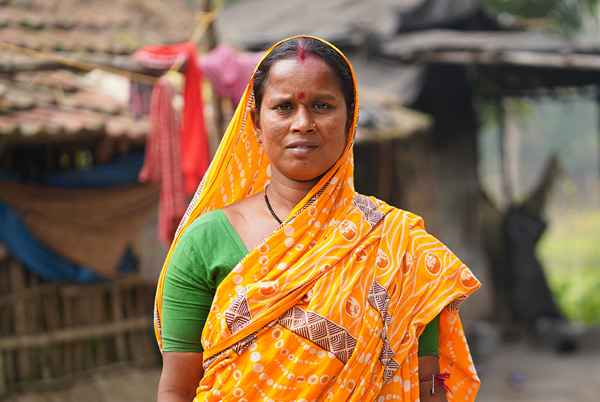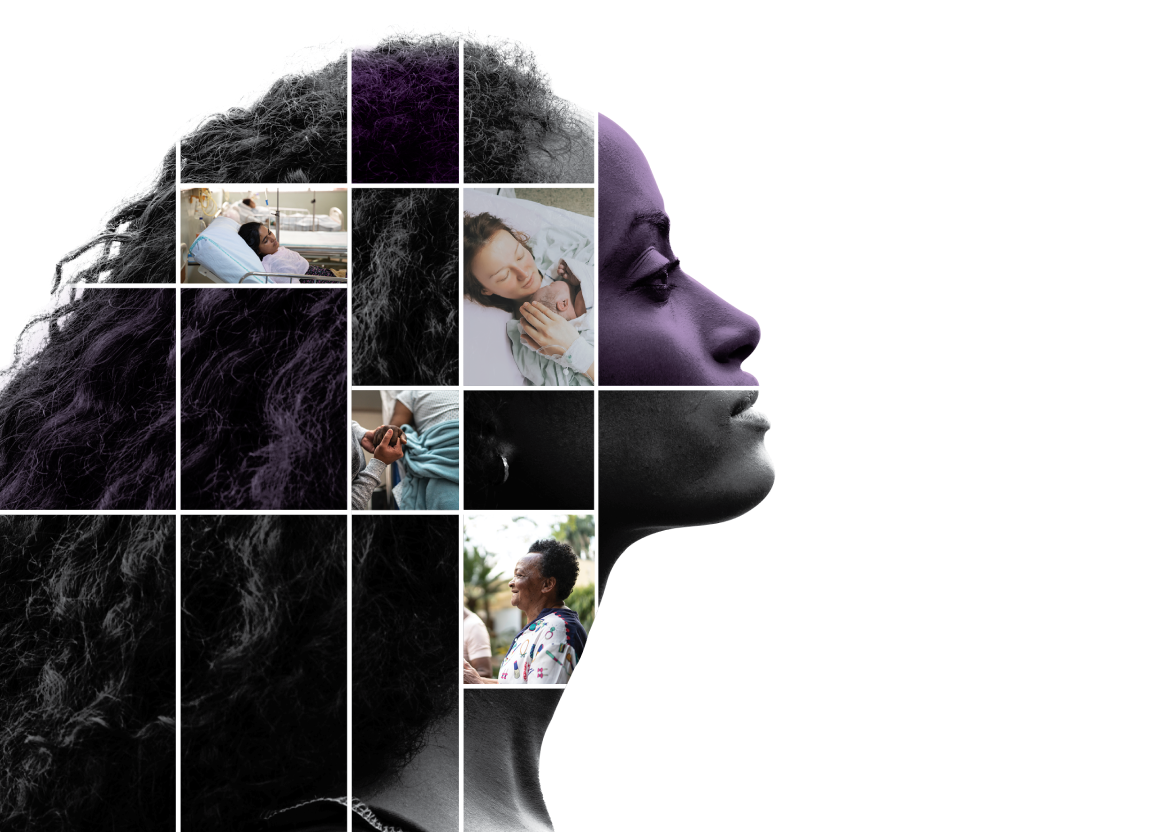
Turning the tide on drowning
Where there’s water there’s risk
Drowning is one of the world’s biggest health challenges claiming around 300,000 lives each year. It casts a particularly long shadow in Southeast Asia and the Western Pacific region where over two-thirds of all global drownings occur.
As climate change disrupts weather patterns, extreme events such as floods are on the rise with drowning accounting for three-quarters of all deaths in flood disasters. Climate change compounds the risk of drowning in many parts of the world.
Turning the tide on the drowning epidemic requires urgent action. We work with communities that are particularly vulnerable to drowning in coastal, wetland regions of India, including Kerala and the Sundarbans in West Bengal to understand the scale of the burden and find solutions.
The drowning trap: children and vulnerable communities
Drowning is sometimes referred to as a silent epidemic - unseen, unheard and unaccounted for. The true toll is unknown, with many deaths unreported and many are preventable.
In addition, the burden of drowning is not shared equally. There is a stark geographic bias with 92% of drowning deaths occurring in low- and middle-income countries and in rural and remote communities. Those experiencing poverty are at greatest risk as they often use open water such as ponds, rivers or lakes for household tasks such as washing and collecting water, as well as a means of generating income for instance through fishing and farming.
Our survey of 18 million people in West Bengal between March and December 2024, funded by Bloomberg Philanthropies, uncovered a crisis in plain sight: 25 people drown in the state every day.
The inequitable burden of drowning is also carried by children and young people. Drowning is one of the leading causes of death for children aged under 14 years with children under 5 years accounting for nearly one third of all drowning deaths. Across the entire state of West Bengal, 12 children under 10 years of age die each day. Children in regions of India like these are at particularly high risk due to poor infrastructure, rurality, flood risk, the presence of open water, a lack of safety awareness and patchy health systems.
Working with evidence and communities to turn the tide
While our reach is global, our presence remains local, ensuring we understand the needs of our communities and that our work focuses on what matters most to them. We’re working to address the epidemic of drowning by: shining a light on the burden, ensuring deaths are reported, giving a voice to those most impacted, and finding innovative, evidence-based, practical solutions.
In Kerala and the Sundarbans, we are testing a package of interventions. Our evidence has highlighted the risk-reducing impact of daycare centres, or KAVACH (meaning ‘armour’ in Hindi), which we have established with Child in Need India (CINI), a child health and education NGO. 90% of children aged 1-4 years drown in water within 50 metres of their home while their parents juggle work alongside carer responsibilities. KAVACH are local, safe places where they can leave their young children (between 1 to 5 years) during the day to be supervised and introduced to water safety skills. Local women run these centres with commitment and pride, some motivated by a personal connection to childhood drowning. It’s a homegrown solution with life-saving impact.
We’re also working with the community to install fencing around water near homes and introducing pond-based swimming pools. These barriers control access to water and offer a safe space to interact with it. Our SwimSafe initiative in West Bengal and Kerala engages community-based instructors to teach children how to swim as well as equipping adults with rescue and resuscitation skills.
Ishan had his whole life ahead of him, but it was taken away in an instant. If only things had been different - if he had known how to swim, if the pond had been fenced - he might still be here today.
By:Kakulli
Mother to Ishan who died at 6 years old
Children are at the centre of our work to tackle drowning. We collaborate with CINI to host ‘Child Parliaments’ to amplify local youth voices and stories to influence and inform decision-making and action. In so doing, we combine our strong partnerships on the ground with our influence on the global health stage to drive real change.
How our work is making a difference
What does it take to save a life? In the case of child drownings, it takes an understanding of the burden, evidence on the efficacy of solutions, and joined-up action, starting with the voices and wishes of the community with the sustained and consistent financial and political commitment of multiple sectors across local and national government.
Promita, a member of our ‘Child Parliaments’ reflects: “We now understand the dangers of climate change, the importance of child safety, and the steps we need to take to protect our future. We are no longer just witnesses to these tragedies—we are working to prevent them.”
With the right policies, training, and community involvement, lives can be saved and a safer future created for people in vulnerable geographies. These aren’t just programs – they are acts of equity and survival.
Anyone can drown. No one should. We’re working to make that a reality.

If we trained 17 years ago, then I could have saved my own child.
By:Mangala
Mother who lost her child through drowning
Interested in learning more about our on the ground work with local communities facing challenges like childhood drowning?
Do you believe in a better, healthier world for all, regardless of circumstance?
Here is your chance to make a difference.

